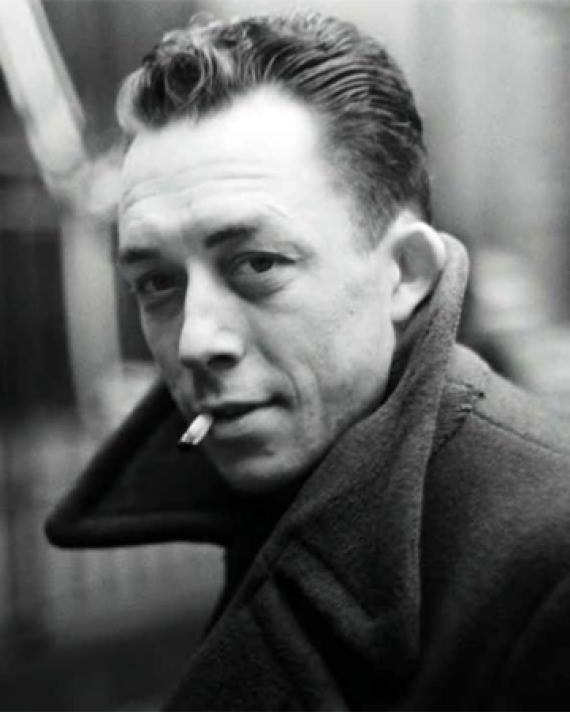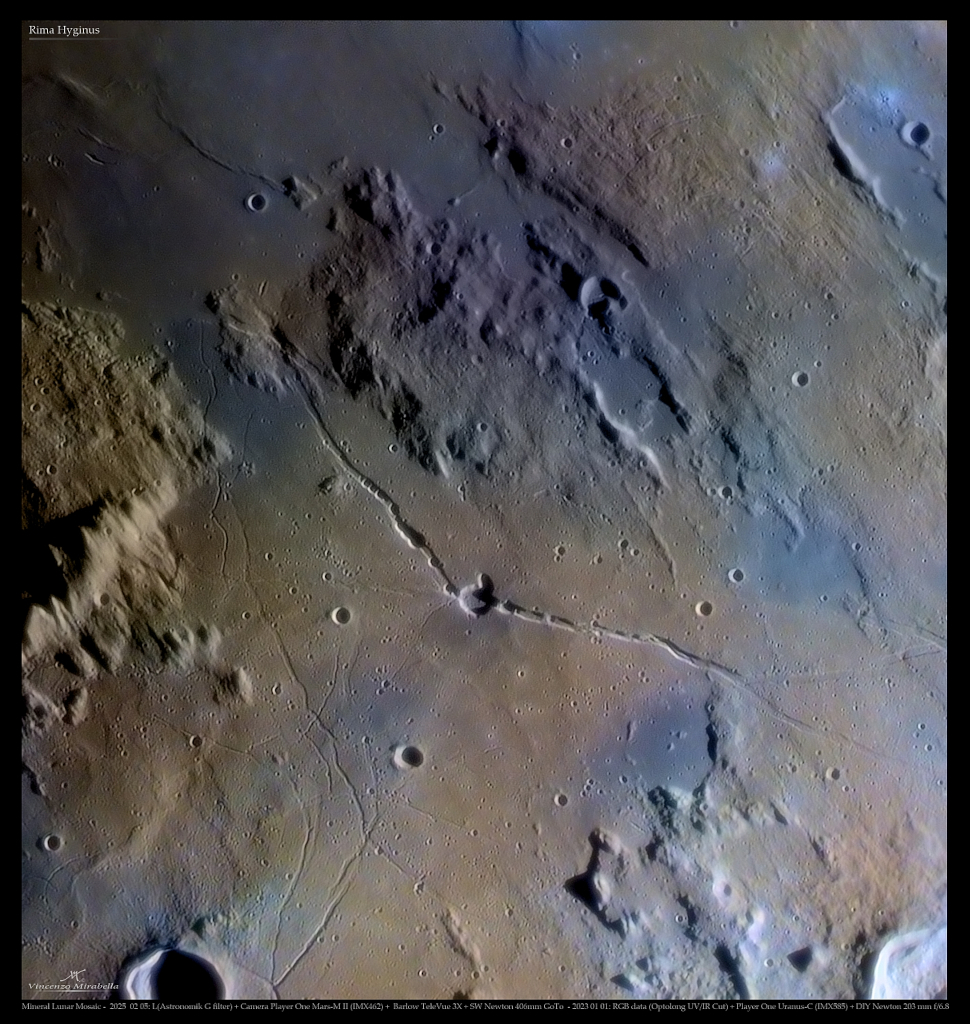Blog
Dark dust lanes cutting across the middle of this gorgeous island universe strongly hint that NGC 3628 is a spiral galaxy seen sideways. About 35 million light-years away in the northern springtime constellation Leo, NGC 3628 also bears the distinction of being the only member of the well known Leo triplet of galaxies not in Charles Messier’s famous catalog. Otherwise similar in size to our Milky Way galaxy, the disk of NGC 3628 is clearly seen to fan out near the galaxy’s edge. A faint arm of material also extends up and to the left in this deep view of the region. The distorted shape and tidal tail suggest that NGC 3628 is interacting gravitationally with the other spiral galaxies in the Leo triplet, M66 and M65.

Wayne Escoffery (born 23 February 1975) is an American jazz tenor saxophonist.
Since 2000, he has been working in New York City with Carl Allen, Eric Reed, and the Mingus Big Band. Other musicians performed with include Ralph Peterson Jr., Ben Riley, Ron Carter, Rufus Reid, Bill Charlap, Bruce Barth, Jimmy Cobb, and Eddie Henderson. He has worked with vocalists including Mary Stallings, Cynthia Scott, Nancie Banks, LaVerne Butler, and Carolyn Leonhart. In addition to performing with his own Quartet featuring David Kikoski, Ugonna Okegwo, and Ralph Peterson, Escoffery currently performs and tours with Ben Riley’s Monk Legacy Septet, the Mingus Band, Ron Carter’s big band, Monty Alexander, Amina Figarova, and others. He has been a member of the Tom Harrell Quintet since 2006. He has also co-produced four of Harrell’s latest recordings.
more...
Deborah Lynn Friedman (February 23, 1951 – January 9, 2011 Utica, NY) was an American singer-songwriter of religious Jewish music. She was an early pioneer of gender-sensitive language: using the feminine forms of the Divine or altering masculine-only text references in the Jewish Liturgy to include feminine language.
She is best known for her setting of “Mi Shebeirach” the prayer for Healing. Her songs are used in Reform, Conservative, and Orthodox Jewish congregations.
more...Esteban “Steve” Jordan (February 23, 1939 – August 13, 2010 Elsa, TX) was a jazz, rock, blues, conjunto and Tejano musician from the United States. He was also known as “El Parche”, “The Jimi Hendrix of the accordion“, and “the accordion wizard”. An accomplished musician, he played 35 different instruments.
more...
John Dawson Winter III (February 23, 1944 – July 16, 2014 Beaumont, TX) was an American singer, guitarist, songwriter, and record producer. Winter was known for his high-energy blues rock albums, live performances, and slide guitar playing from the late 1960s into the early 2000s. He also produced three Grammy Award-winning albums for blues singer and guitarist Muddy Waters. After his time with Waters, Winter recorded several Grammy-nominated blues albums. In 1988, he was inducted into the Blues FoundationHall of Fame and in 2003, he was ranked 63rd in Rolling Stone magazine’s list of the “100 Greatest Guitarists of All Time“.
more...George Frideric (or Frederick) Handel baptised Georg Fried[e]rich Händel,; 23 February 1685 – 14 April 1759) was a German-British Baroque composer well-known for his operas, oratorios, anthems, concerti grossi, and organ concerti.
Born in Halle, Germany, Handel spent his early life in Hamburg and Italy before settling in London in 1712, where he spent the bulk of his career and became a naturalised British subject in 1727. He was strongly influenced both by the middle-German polyphonic choral tradition and by composers of the Italian Baroque. In turn, Handel’s music forms one of the peaks of the “high baroque” style, bringing Italian opera to its highest development, creating the genres of English oratorio and organ concerto, and introducing a new style into English church music. He is consistently recognized as one of the greatest composers of his age.
Handel started three commercial opera companies to supply the English nobility with Italian opera. In 1737, he had a physical breakdown, changed direction creatively, addressed the middle class and made a transition to English choral works. After his success with Messiah (1742), he never composed an Italian opera again. His orchestral Water Music and Music for the Royal Fireworks remain steadfastly popular. One of his four coronation anthems, Zadok the Priest, has been performed at every British coronation since 1727. He died a respected and rich man in 1759, aged 74, and was given a state funeral at Westminster Abbey.
Interest in Handel’s music has grown since the mid-20th century. The musicologist Winton Dean wrote that “Handel was not only a great composer; he was a dramatic genius of the first order.” His music was admired by Classical-era composers, especially Mozart, Haydn and Beethoven.
more...
Taheyya Kariokka (Arabic: تحية كاريوكا) also Tahiya Carioca (born Badaweya Taheyya Mohamed Ali Elnedany Kareem (Arabic: بدوية تحية محمد علي النيداني كريم)), (February 22, 1915 – September 20, 1999) was an Egyptian belly dancer and film actress.
more...
Rima Hyginus is a spectacular fissure, some 220 kilometers long, found near the center of the lunar near side. Easy to spot in telescopic views of the Moon, it stretches top left to bottom right across this lunar closeup. The image was made with exaggerated colors that reflect the mineral composition of the lunar soil. Hyginus crater lies near the center of the narrow lunar surface groove. About 10 kilometers in diameter, the low-walled crater is a volcanic caldera, one of the larger non-impact craters on the lunar surface. Dotted with small pits formed by surface collapse, Hyginus rima itself was likely created by stresses due to internal magma upwelling and collapse along a long surface fault. The intriguing region was a candidate landing site for the canceled Apollo 19 mission.

Joseph Benjamin Wilder (February 22, 1922 – May 9, 2014) was an American jazz trumpeter, bandleader, and composer.
Wilder was awarded the Temple University Jazz Master’s Hall of Fame Award in 2006. The National Endowment for the Arts honored him with its highest honor in jazz, the NEA Jazz MastersAward for 2008. Wilder was born into a musical family led by his father Curtis, a bassist and bandleader in Philadelphia. Wilder’s first performances took place on the radio program “Parisian Tailor’s Colored Kiddies of the Air”. He and the other young musicians were backed up by such illustrious bands as Duke Ellington‘s and Louis Armstrong‘s that were also then playing at the Lincoln Theater. Wilder studied at the Mastbaum School of Music in Philadelphia, but turned to jazz when he felt that there was little future for an African-American classical musician. At the age of 19, Wilder joined his first touring big band, Les Hite’s band.
more...
George Holmes “Buddy” Tate (February 22, 1913 – February 10, 2001) was an American jazz saxophonist and clarinetist.
Tate was born in Sherman, Texas, United States,and first played the alto saxophone. According to the website All About Jazz, “Tate was performing in public as early as 1925 in a band called McCloud’s Night Owls.” Tate’s 2001 New York Times obituary stated that “he began his career in the late 1920s, playing around the Southwest with bands led by Terrence Holder, Andy Kirk and Nat Towles.”
more...Joaquín Pedraja Reyes (known professionally as Joaquín Cortés; born February 22nd 1969) is a Spanish classically trained ballet and flamenco dancer.
Cortes was born to a Gitano family in Córdoba, Cortés showed interest in dancing from an early age. Cortés and his family moved to Madrid in 1981. Soon after moving to Madrid, he began to take formal dancing lessons and studying seriously.
more...Ernest Kador Jr. (February 22, 1933 – July 5, 2001 NOLA), known by the stage name Ernie K-Doe, was an American R&B singer best known for his 1961 hit single “Mother-in-Law“, which went to number 1 on the Billboard pop chart in the U.S.
more...Joseph James LaBarbera (born February 22, 1948) is an American jazz drummer and composer. He is best known for his recordings and live performances with the trio of pianist Bill Evans in the final years of Evans’s career. His older brothers are saxophonist Pat LaBarbera and trumpeter John LaBarbera.
more...More Posts
- Cosmos IC 1795
- Judy Collins
- Shirley Horn
- Little Walter
- World Drumming Kakatsitsi Master Drummers from Ghana
- Daily Roots Dread & Fred
- Cosmos Nova Persei 1901 (GK Persei)
- Barrington Levy
- Mabel Scott
- Percy Heath
- Reverend Gary Davis
- World Music Nawazi Khanum Negar Fathi/Kamancheh Behnam Bayat
- Daily Roots Hughie Izachaar
- Rhythm Roots Workshop Ecumen North Branch Senior Living
- Cosmos IC 776
- Ray Barretto
- Willie Nelson
- Toots Thielemans
- Duke Ellington
- World Drumming Babatunde Olatunji


